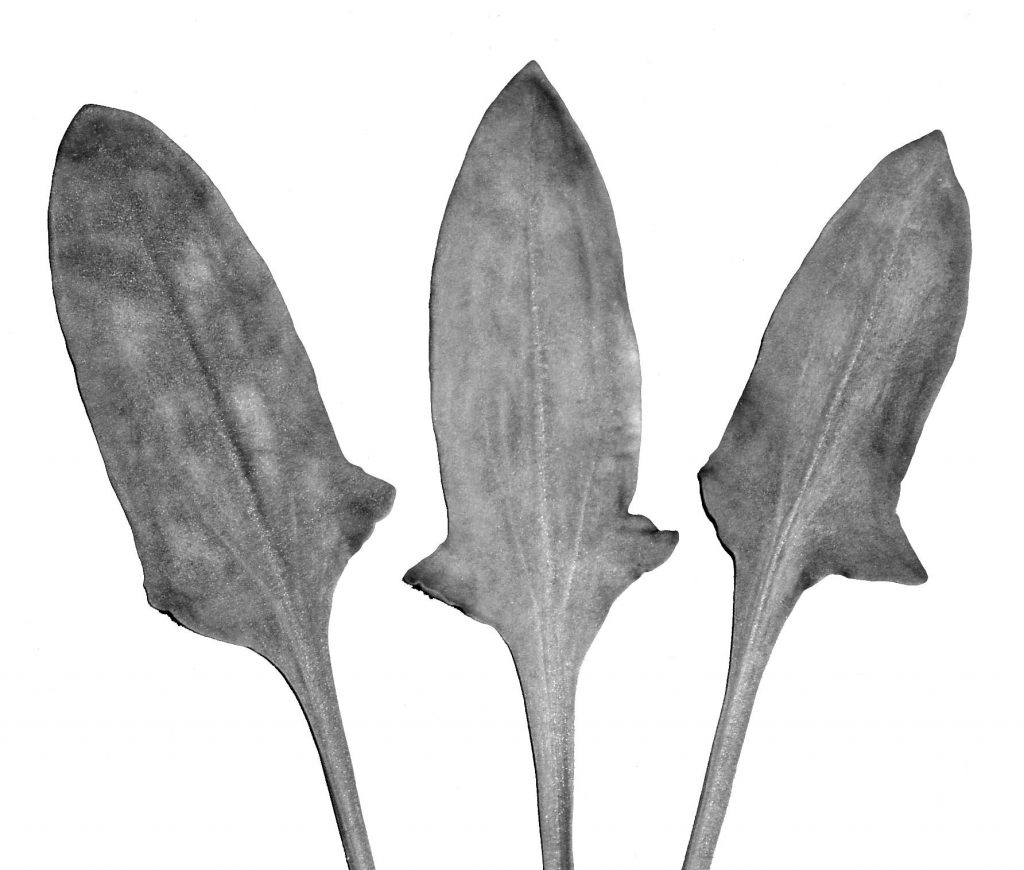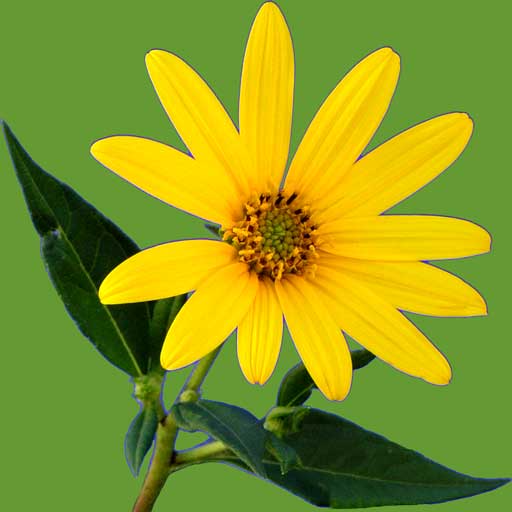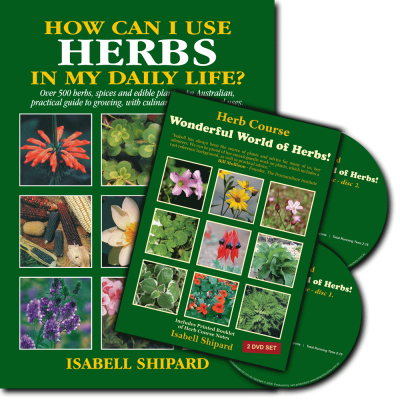Sour Dock, Sour Grass, Red Top, Field Sorrel
Rumex acetosella F. Polygonaceae
Description
Perennial herb with a creeping habit, leaf-stems 5-15cm long and lance-shaped leaves 5-10cm long. The plant spreads readily from a shallow, underground root system. I recommend that it is not planted in the herb garden as it may spread, like mint. Rather, plant it in a large pot, or under a fruit tree where it can become a living mulch. Spikes of insignificant tiny, yellow flowers turn into small red/brown seeds. Leaves and stems can also have a brown tinge.
… … omitted text, please see How can I use HERBS in my daily life? for full text.

Medicinal Uses
The plant has become known in Australia in the last fifteen years with the dissemination of information of the Essiac formula, a non-toxic cancer treatment. The formula originally came from the Chippewa Indians. Rene Caisse heard of this miraculous mixture of herbs from a patient in the hospital where she was nursing in Canada. She used this recipe with her aunt who had inoperable stomach cancer, and full recovery was made after taking the mixture. In the next forty years, Rene went on to help hundreds of people with cancer. Essiac is a decoction of sheep sorrel, burdock, Turkey rhubarb and slippery elm (see p 52). Dr. Gary Glum who tells the story of Rene’s outstanding work of love and care with victims of cancer in his book, ‘Calling of an Angel’, refers to sheep sorrel being responsible for destruction of cancer cells and reducing the growth of the tumours, while the other herbs act as blood purifiers, cleansing the system of destroyed tissue.
A naturopath, lecturing on the Sunshine Coast, made me aware how valuable sheep sorrel can be in our daily lives. He said, sheep sorrel was one of the strongest antioxidant herbs we can use regularly, to benefit our health. And why are antioxidants so important? They have the ability to zap out free radicals caused by foods, pollutants, and stress, and provide a strong line of defense for the immune system. Research shows that we are all making cancer cells daily. If the thymus is making adequate ‘T’ cells and the immune system is strong, all is well. However, statistics in Australia show not all is well. One in four people will be diagnosed with cancer. Why such high figures? A number of factors may influence such high cancer rates, like pesticides and chemicals in foods, pollutants in the environment, lack of nutrients in foods, electromagnetic radiation, and excess stress, to name a few. With regular use of sheep sorrel and other antioxidant rich herbs, we can boost the power of protection.
Sheep sorrel leaves have been valued as a diuretic to remove excess fluid from the body, for urinary and kidney complaints, and to strengthen the heart. Other uses include: blood disorders, skin conditions, fevers, inflammation, diarrhea, excessive menstruation, and for throat and mouth ulcers. Crushed, fresh leaves are applied as a poultice to boils and carbuncles. Sheep sorrel assists the body in throwing off any viral infection. Leaves are rich in vitamin C, and have been used as an antiscorbutic for centuries. No doubt, the high vitamin C content is one reason the plant has been called one of the strongest antioxidant herbs we can use.
… … omitted text, please see How can I use HERBS in my daily life? for full text.




